Green Wednesday: Spring Tomatoes and Napa's Serpentine Soil Wonders
By Jane Callier, U.C. Master Gardeners of Napa County, and Kathleen Scavone, Environmental Contributor
We Need Your Help
If you’re reading this, you care about independent, locally owned, ad-free journalism — reporting that puts our region’s stories first, not corporate interests or clickbait.
Join a community that values in-depth, independent reporting. Become a paid subscriber today — and if you already are, thank you. Help us grow by liking, commenting and sharing our work.
Green Wednesday: Gardening and Ecological Insights
Every Wednesday Napa Valley Features brings you Green Wednesday, featuring articles from environmental voices and the UC Master Gardeners of Napa County. These contributors share research-based horticultural advice and insights on sustainability and climate topics relevant to our region.
Summary of Today’s Stories
"When and How to Plant Your Spring Tomatoes" by Jane Callier, U.C. Master Gardeners of Napa County: A detailed guide to selecting, planting and caring for tomatoes in Napa’s spring gardens, including insights into heirlooms, hybrids and soil-health strategies.
“Tomatoes need lots of sun. Ten hours of direct sun per day is not too much for them.” - Jane Callier
"Serpentine, Our State Rock, Abounds in Napa County" by Kathleen Scavone, environmental contributor: An exploration of serpentine rock formations in Napa County and their ecological significance, from supporting rare plant species to aiding NASA's astrobiological research.
“NASA scientists ... consider it an analog to the possibility of life on Mars…” - Kathleen Scavone
Serpentine Soil Abounds in Napa County
By Kathleen Scavone
NAPA VALLEY, Calif. — Numerous natural features make the Napa County's roughly 507,438 acres special. Set within the coastal ranges are Napa's valleys, craggy ridgelines, hills and an abundance of creeks, most of which drain into the Napa River that winds its way down the valley into San Pablo Bay. All these landscapes are home to an elevated level of biodiversity. Interspersed within many of these pine forests, bay forests, coastal and valley freshwater marshes, and vernal pools are serpentine rock outcrops, which feature specialized plant communities that include some species of milkweed, clarkia and Mount Saint Helena morning glory that have all adapted to the mineralogy here.
Just what is behind landforms like Napa County's chaparral/scrub and other biological resources that make this a home to many special-status plants? According to a 2007 report titled, “Napa County General Plan Update Draft Environmental Impact Report by the County of Napa,” there are 81 documented special-status plant species in the county, and a range of these important plant communities thrive in the special alkaline, serpentine soils. Numerous plant communities rely on serpentine.
In a YouTube video by the California Academy of Sciences, botanist Dylan Burge said, "Serpentine is a soil that's derived from a rock called serpentinite" and should more accurately be called serpentinite. He explained that about 2% of California is swathed in serpentine soil. The State of California Capitol Museum website explains that serpentine, which comes in green, yellow, tan and black, is the state rock.
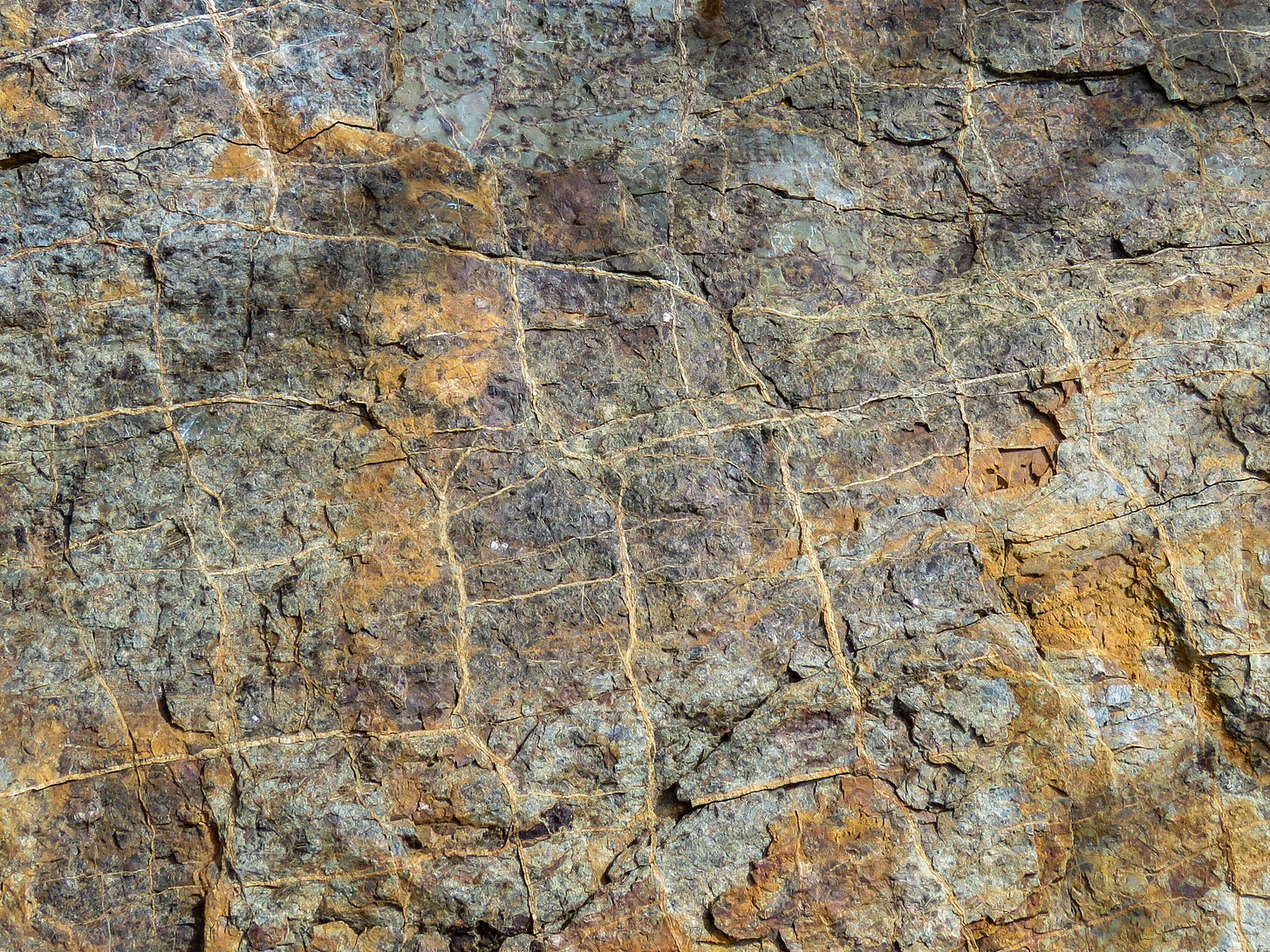
An area abounding in serpentine soils is the McLaughlin Natural Reserve, past home of the Homestake Mining Co. Today, the reserve is managed by the UC Natural Reserve System and is being restored to its past natural state, forming an ecological reserve. UC Davis students and scientists from various backgrounds conduct research through long- and short-term studies here. The reserve is made up of around 7,000 acres that run through Napa, Yolo and Lake counties. It consists of oak woodlands, serpentine chaparral and serpentine meadow grasslands.
Of the many scientific studies performed at the reserve, some of the more fascinating are by NASA scientists. They study the serpentine found there because they consider it an analog to the possibility of life on Mars since it forms under oceans when it is compressed by the continental plates. NASA scientists who studied serpentine at the reserve include Jen Blank, a scientist at NASA Ames who works on the Mars Science Laboratory team that operates the Curiosity Rover on Mars, and Dawn Cardace, also affiliated with the NASA Ames team through her postdoctoral fellowship (2007-10). Cardace conducted her research at the reserve as a part of a consortium of scientists looking at life in hostile places. Since serpentine soils lack many nutrients such as nitrogen, phosphorus and potassium required by many plants, the environment at the reserve presented the perfect place in which to study life in hostile places.
"We haven't identified serpentine on Mars,” Blank said in an email in 2014. “Rather, we've seen chemical (mineral) signatures in orbital spectrometer data of Mars that are consistent with serpentine-group minerals. We've also seen serpentine group minerals in Martian meteorites. One of the most surprising things to me, as a member of the Mars Science Laboratory science team, is the similarity in the igneous and sedimentary geochemistry of Martian rocks. Mars lacks the diversity of metamorphic mineralogy we see on Earth. We really need the camera images for the textural details they provide to help us classify the rocks the rover is driving by."
One of serpentinite’s features is that it often weathers to a brick red color but is dark green on fresh surfaces. It’s not always shiny.
"We refer to the process that makes serpentinite as ‘serpentinization,’ because serpentine minerals are a metamorphic byproduct of original minerals that formed in the upper mantle or lower crust,” said Dean Enderlin, a former Homestake Mining Co. geologist. “Those original minerals include pyroxene and olivine. Serpentinization is usually only partially complete, so our local rocks are sometimes described as being ‘partially serpentinized.’ The degree of serpentinization can only be determined under a petrographic microscope. As with everything in the natural sciences, things get more complicated whenever one digs deeper into the topic."
The Napa County Watershed Information & Conservation Council explains that there is a tremendous amount of Napa County land made up of rock outcrops, including serpentine, which host vegetation such as leather oak, white-leaf manzanita, jewelflowers and lace fern, among others. Specialized plants are not the only life that takes advantage of serpentine outcrops. Since these land features absorb heat, critters such as western fence lizards thrive among the rocks, as do pale Townsend's big-eared bats and little brown myotis, since they can squeeze into small, warm crevices found among the rocks.
The Napa Valley is rich in beauty, history, wine and geologic features. It's a great place to soak in the unique qualities of the many complex ecosystems. Just ask the Land Trust of Napa County, which has worked to save hundreds of acres of special serpentine-laden lands and is not surprised that the soils hosting serpentinite's multi-hued rock formations are superior sites in which to view spring wildflower blooms. But while you're waiting for that bonanza to take shape, get out and wander world-class views among the outcroppings in the beautiful Napa Valley.
—
Kathleen Scavone, M.A., retired educator, is a potter, freelance writer and author of “Anderson Marsh State Historic Park: A Walking History, Prehistory, Flora, and Fauna Tour of a California State Park,” "People of the Water" and “Native Americans of Lake County.” She loves hiking, travel, photography and creating her single panel cartoon called “Rupert.”
When and How to Plant Your Spring Tomatoes
By Jane Callier, U.C. Master Gardeners of Napa County
NAPA VALLEY, Calif. — Tomatoes are at the top of our minds when we think about planting our spring vegetable gardens. There are many types: heirlooms large and small, practically foolproof hybrids, sauce tomatoes and cherry tomatoes. Homegrown tomatoes tend to be high in flavor and superior to most tomatoes at grocery stores.
What qualifies a tomato as heirloom? Some say an heirloom variety must be at least 50 years old, some say even older. Whatever their age, heirloom varieties must be open pollinated, meaning that pollination occurs naturally by insects, birds, wind or animals, not by human intervention. Tomatoes can self-pollinate.
Seed produced by an heirloom variety will grow true to type as long as the flowers were pollinated by the same variety. Open pollination creates a more genetically diverse gene pool, which allows plants to slowly adapt to local conditions. Importantly, while all heirlooms are open-pollinated, not all open-pollinated plants are heirlooms.
Open-pollinated plants also reproduce through natural pollination methods such as wind or bees. Many tomato varieties are designated as open-pollinated but not as heirlooms, probably because they haven’t been around long enough to merit the term. These plants are genetically stable, meaning they will produce offspring that are true to type as long as they are pollinated by the same variety.
Hybrid plants are developed by breeders. They cross-pollinate two parent plants, each chosen for particular desirable traits, such as drought-tolerance or large fruit. The seeds from the first-generation cross are referred to as F1 hybrids. This careful process is intended to produce offspring with the parents’ good traits. Unlike seeds saved from heirlooms and other open-pollinated plants, any seeds saved from hybrids will probably not grow true to type in the next generation and may be less vigorous and more genetically variable.
A few essentials must be followed when growing tomatoes. First, the soil needs to be warm enough to plant. The urge to get our hands into the soil in spring is almost primal, but planting tomatoes too early does not work in your favor. Wait until after frost danger has passed, typically after mid-April in Napa County, and try to have your seedlings in the ground before the end of May.
Tomatoes need lots of sun. Ten hours of direct sun per day is not too much for them. Plant them deep to encourage a healthy root system. Tomato roots can reach a depth of 4 feet in good soil. They can also root at stem joints, so bury the first set of leaves on the stem. An early-season tomato variety will mature 50 to 65 days after transplanting; a late-season type needs 80 days or more. Mid-season tomatoes fall in between.
It’s important to site your plants in a different location each year, even if only by a few feet. Diseases can build up in the soil and cause a variety of yield-reducing and even crop-destroying maladies. Devise a crop-rotation plan and avoid planting tomatoes or other members of the nightshade family — such as eggplants, potatoes and peppers — in the same location more than two years in a row. Then don’t return these plants to the original site for at least three years.
If you have a limited area and no choice but to plant in the same place, consider hybrid tomatoes bred for disease resistance. Celebrity Plus is resistant to eight different diseases, and you’ll find seedlings of this variety at the upcoming Master Gardener tomato sale (details below). If you are new to growing tomatoes, hybrids might be a good place to start.
Be aware that “resistance” does not mean “immunity.” In areas where problems have occurred in the past, even disease-resistant varieties might encounter some difficulty attaining full growth and production. This publication on growing tomatoes from the University of California has some helpful guidelines.
Master Gardeners are growing 29 varieties for the sale this year. We will have the usual favorites, such as Better Boy, Brandywine, Cherokee Purple and Black Krim. Less familiar is Kellogg’s Breakfast, a yellow tomato that can reach 16 ounces; Persimmon, a meaty yellowish-orange tomato that can weigh in at 2 pounds; and Tasmanian Chocolate, a smaller plant that grows well in a container.
If you fancy cherry tomatoes, try Washington Cherry, maturing in only 60 days; the always popular and prolific Sungold; or Black Cherry. We also have several new paste (sauce) tomatoes this year. Blue Beech is a large, sausage-shaped variety that resists blossom-end rot, a frequent problem with paste tomatoes; Speckled Roman, a meaty red plum tomato with gold streaks; and Tiren, an early-maturing San Marzano type with meaty flesh that quickly simmers down into a thick sauce.
Events
Workshop: Join UC Master Gardeners of Napa County for a workshop on “Backyard Composting” on Saturday, March 22, from 10 a.m. to noon at Hagafen Cellars, 4160 Silverado Trail, Napa. Enrich your soil health by turning your food waste into an amendment your plants will love. Learn several composting methods you can do in your own backyard. This workshop is a collaboration with the City of Napa. Compost bins will be available for purchase at a reduced price. Registration required.
Workshop: Join UC Master Gardeners of Napa County for “Viticulture Q&A: Understanding Grape-Growing Practices” on Saturday, March 29, from 9 a.m. to noon. This home-vineyard workshop will provide an overview of three approaches: organic/sustainable, dry farming/deficit irrigation, and climate-conscious conventional viticulture. Topics include basic farming techniques, a vineyard planting checklist and management techniques for common pests. The workshop location (in Napa) will be provided in your registration confirmation email. Register here.
Tomato Plant Sale: The annual Napa County Master Gardeners Tomato Plant Sale is Saturday, April 12, from 9 a.m. until sold out, at 1710 Soscol Ave. in Napa. Seedlings are grown locally by Master Gardeners and are $5 each. Stop by the education tables and consult with our tomato pros. The list of available varieties is here.
Help Desk: The Master Gardener Help Desk is available to answer your garden questions on Mondays and Fridays from 10 a.m. until 1 p.m. at the University of California Cooperative Extension Office, 1710 Soscol Ave., Suite 4, Napa. Or send your questions to mastergardeners@countyofnapa.org. Include your name, address, phone number and a brief description of the problem. For best results, attach a photo.
—
Jane Callier is a UC Master Gardener of Napa. County.
—


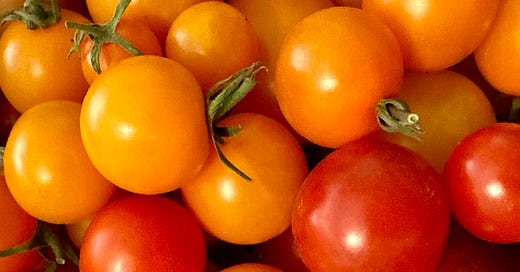







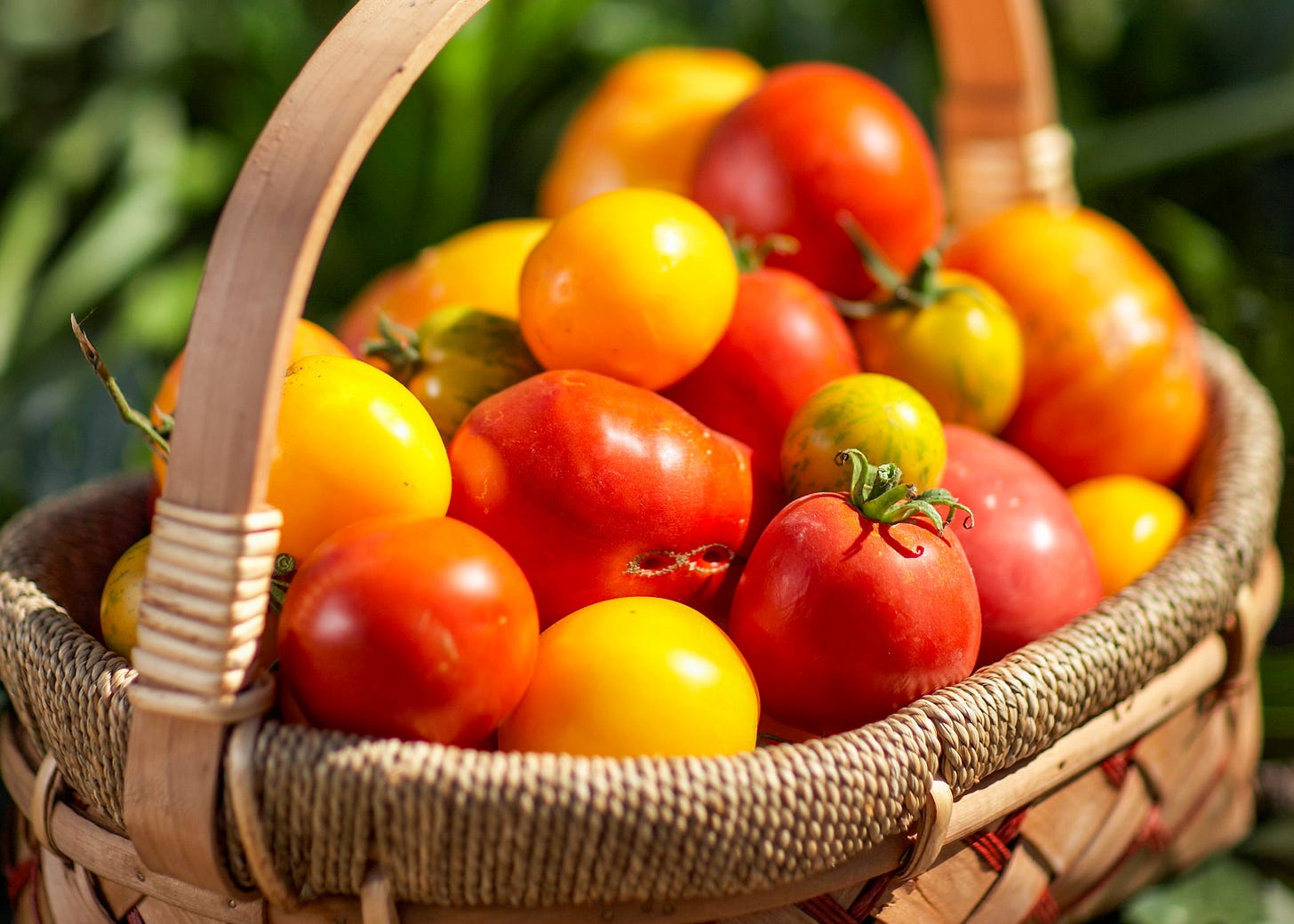
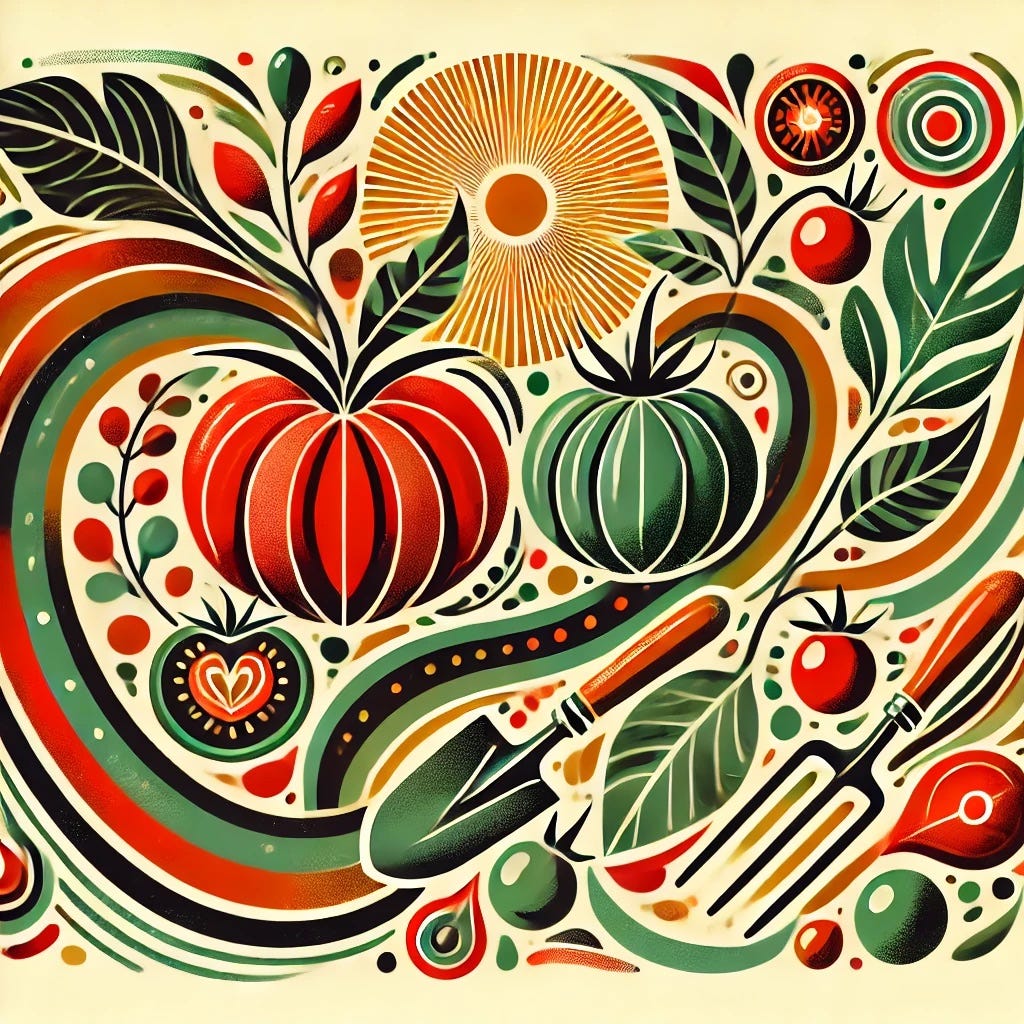

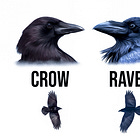

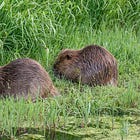





Planting some tomatoes!
Great article.
Thank you!
Wonderful article on serpentine soils. Thank you!